河豚 restaurants are not uncommon, particularly in the larger cities with easy access to fresh fish. In some ways this is surprising given the rigorous requirements - potential chefs have to undergo strict training over several years before they are even granted a license. Several parts of the fish are fatally toxic to humans and any mistakes in preparation could have dire results for their patrons. 河豚 poison is known as "tetrodotoxin", a neurotoxin that paralyses your muscles and eventually causes suffocation. There's no antidote and even in tiny doses, it's known to cause tingling and numbness in your lips. I hear some people enjoy this sensation, but probably only in moderation!
Typically, 河豚コース (koosu - courses) consist of several dishes which reflect the variety of ways it can be served. Depending on what's included, these can run from below 4000 yen (about $50), way up to 30000 yen or more ($360+). My 河豚 experience started with てっさ (tessa), 河豚 刺身 (さしみ - sashimi) cut so thinly that it's almost transparent. When raw, 河豚 is quite chewy and maintains its texture in your mouth much longer than other fish; coupled with its mild fishy flavour, it reminded me a bit of jellyfish.
Also common is 焼き河豚 (やきふぐ - yakifugu - grilled fugu), which is cooked on a griddle over hot coals in much the same way as 焼肉 (yakiniku - Japanese barbeque). In this case it was marinated in ポン酢 (ponzu), a vinegary and citrusy sauce which married well with the smokey flavour of the grilled fish. When cooked, 河豚 is very meaty like chicken, but it has a lot of 軟骨 (なんこつ - nankotsu - cartilage) which makes it a bit harder to eat.
Unable to escape Japan's love of deep frying, 河豚の唐揚げ (ふぐのからあげ - fugu no karaage - deep-fried fugu) was up next, which was lovely - perhaps the closest thing to a chicken nugget you could pull out of a fish tank.
The main dish was a 河豚 鍋 (なべ - nabe - hot pot) dish known as てっちり (tecchiri) which, before it was cooked, was easily the most unsettling looking meal I've ever had put in front of me. It was clearly very fresh, because parts of the 河豚 were still moving; he was obviously as shocked about the whole thing as I was.
Not to be deterred, everything was plunged into the boiling stock. It had a very mild, meaty flavour and was served with more ポン酢 as dipping sauce. Like the 河豚の唐揚げ, I was surprised at how meaty the fish was; apart from the large bones and 軟骨, it was almost all meat. It's perhaps worth noting at this stage that if you're unlucky enough, neither hot coals nor boiling oil or water will save you; tetrodotoxin isn't affected by cooking.
Don't worry too much though - without wanting to spoil the fun, the staff explained that almost all 河豚 served in restaurants nowadays is specifically farmed to be non-toxic; serving particularly toxic parts of the fish such as the liver is also illegal to make absolutely sure. Most poisoning incidents happen privately where the regulations are ignored, so provided you eat somewhere recognisable, you'll be safe. Even if the worst should happen, if you're taken to hospital immediately your prospects are good; once the poison has left your system you'll likely make a full recovery. I probably would have enjoyed everything more if they had explained all this to me before I'd finished my meal!
The danger of 河豚 was quite genuine in the old days, but in modern times it seems much less likely to be the last meal you'll ever eat. Don't let the threat of certain survival turn you off though - it's a uniquely Japanese culinary experience and one that you can tell grisly stories about for years to come. I promise I won't tell anyone that your 鉄砲 was really a water pistol.
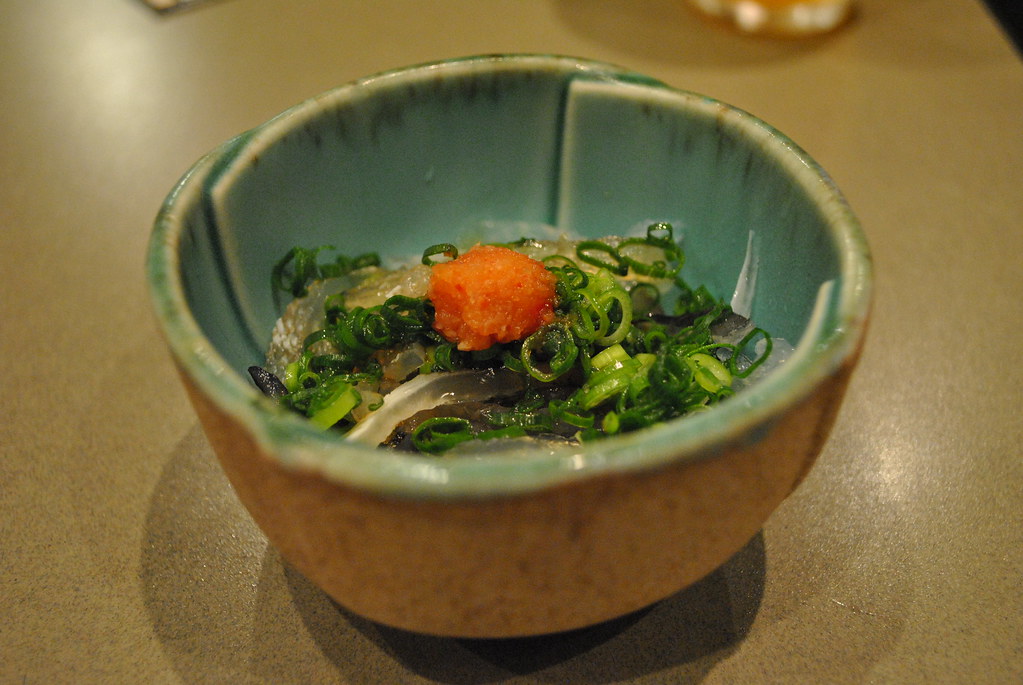
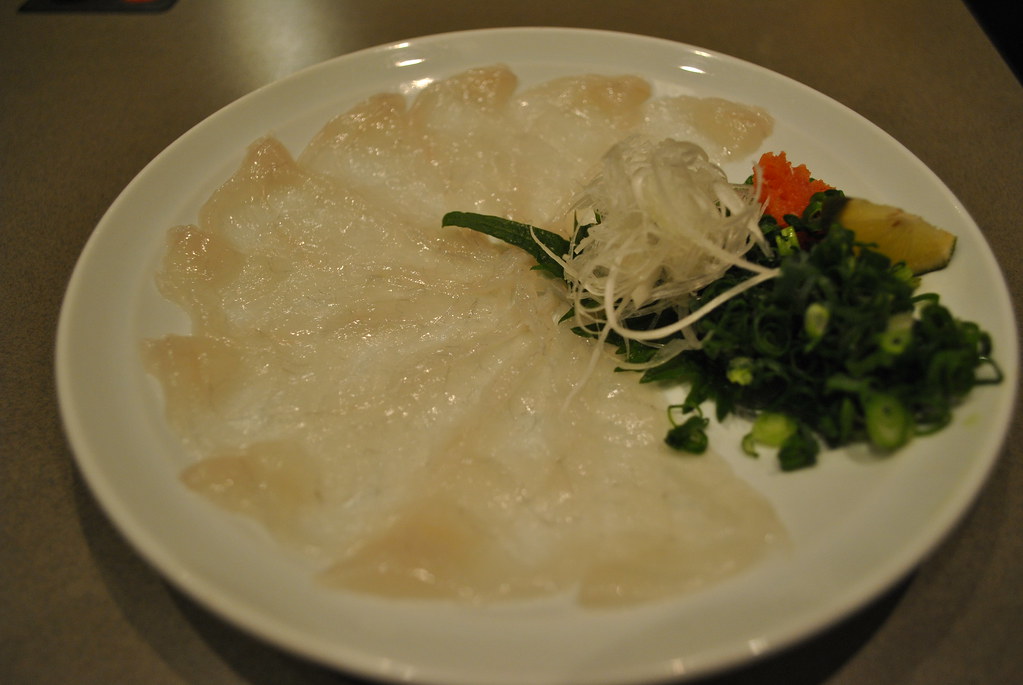
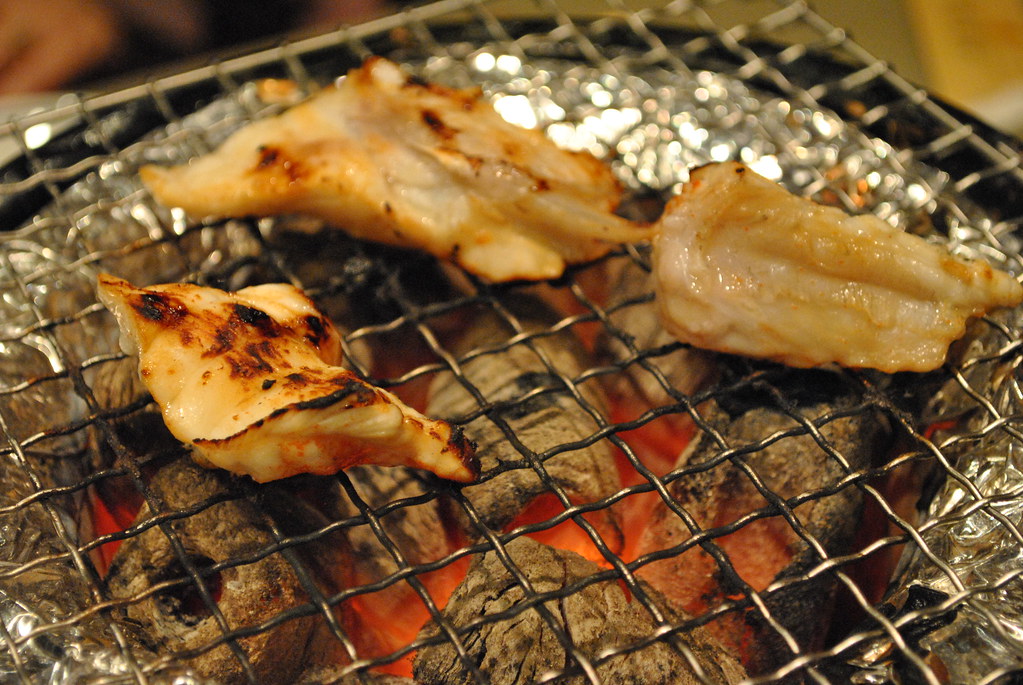
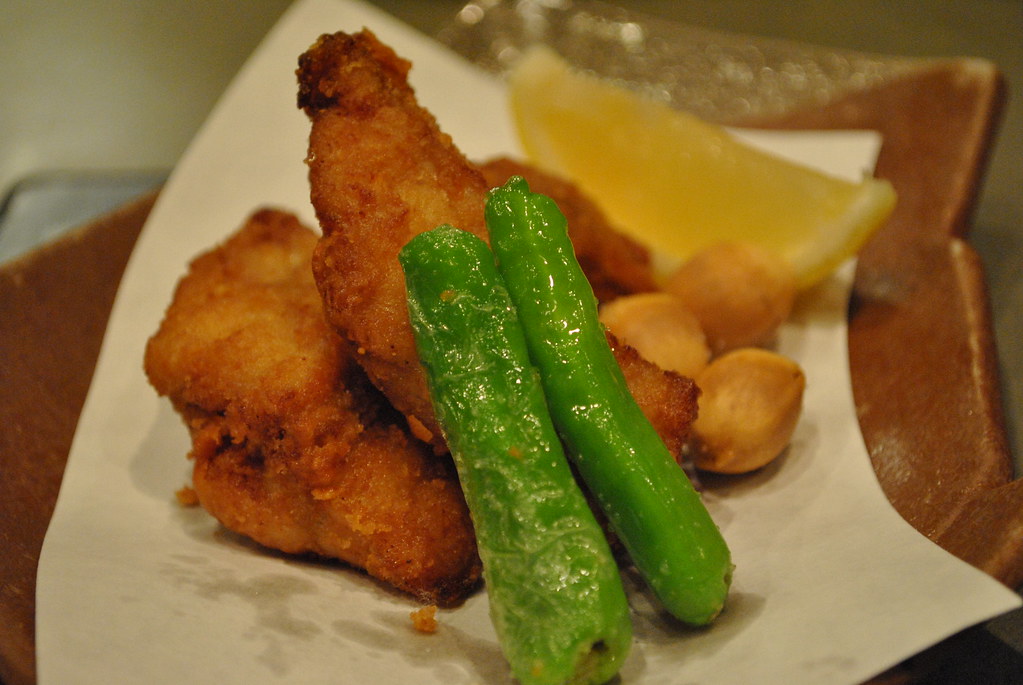
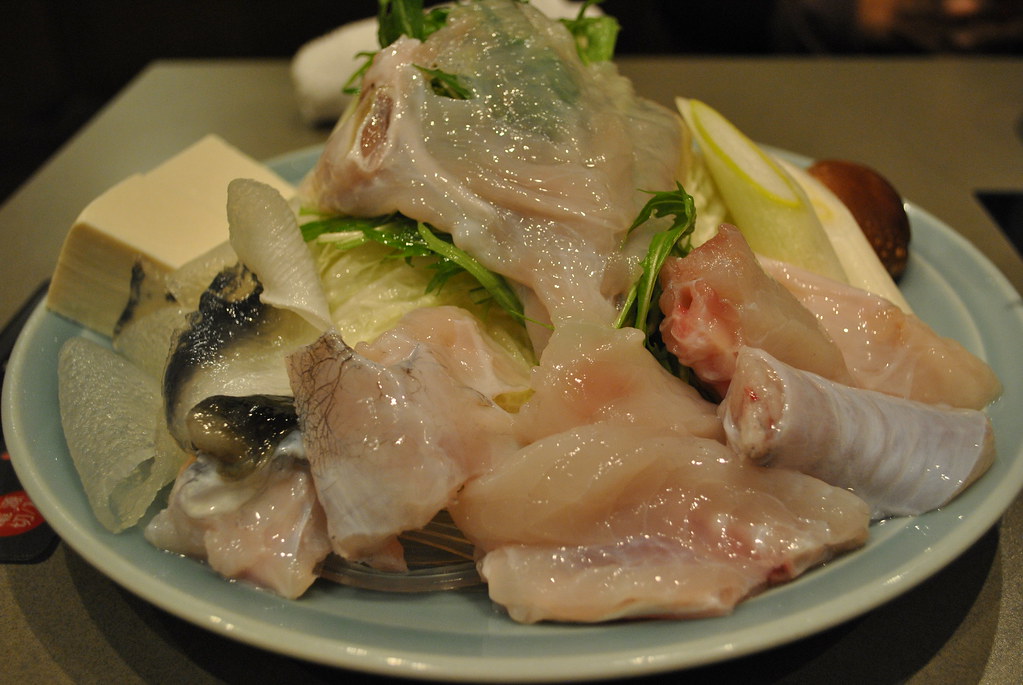
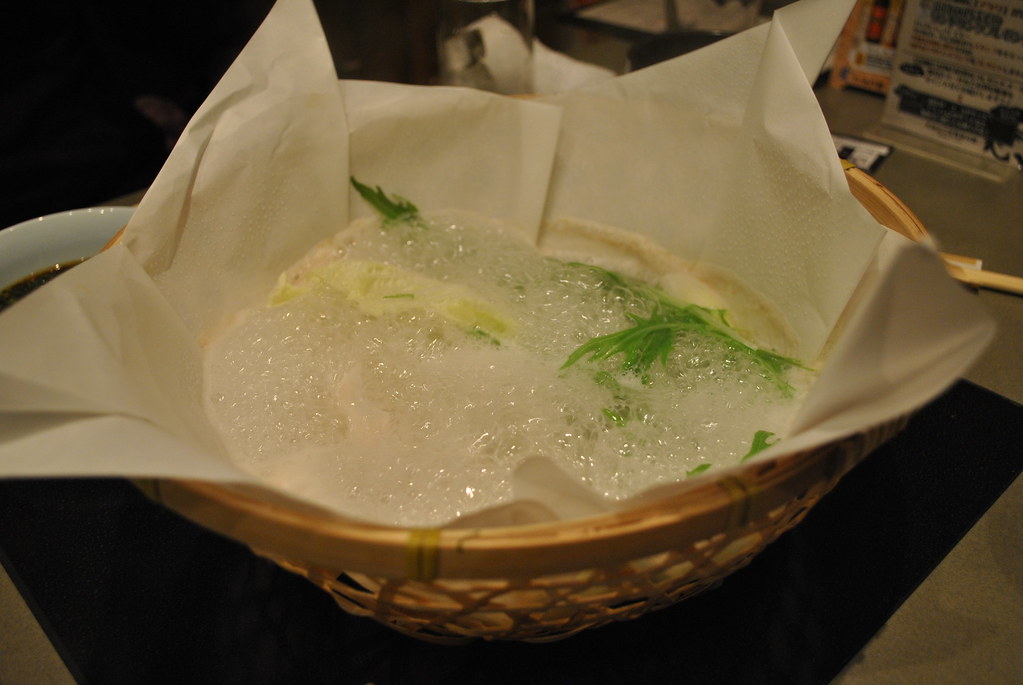
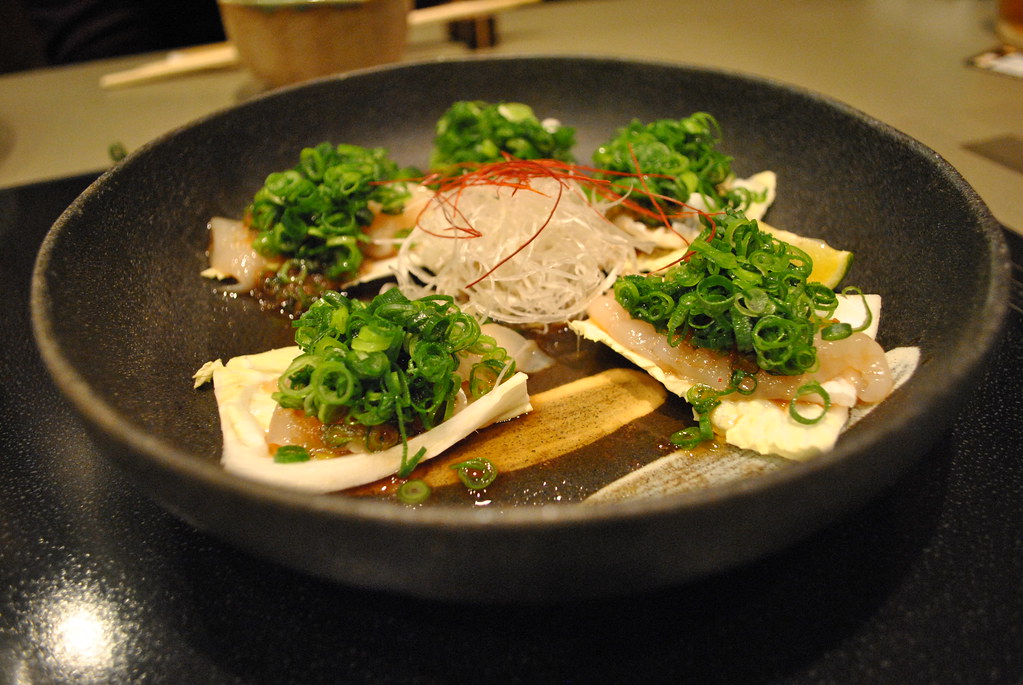
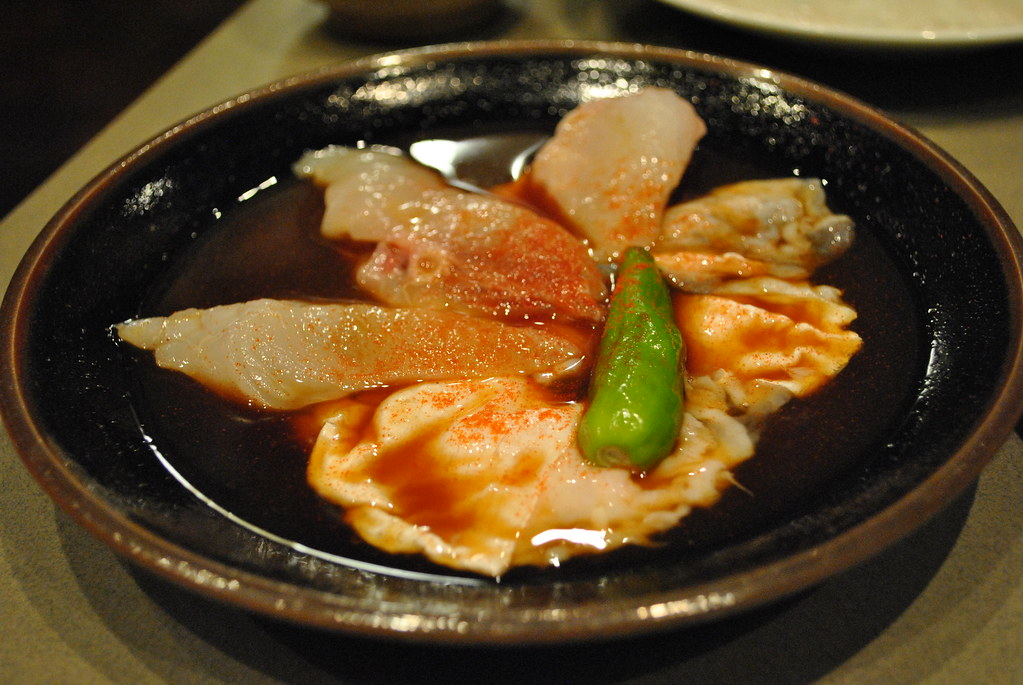
No comments:
Post a Comment
If you have any questions or additions, I would love to hear from you. I may not know the answer, but I'll do my best to find out in any case! You can post anonymously if you like, but abusive/unintelligible/inappropriate comments will not be published.